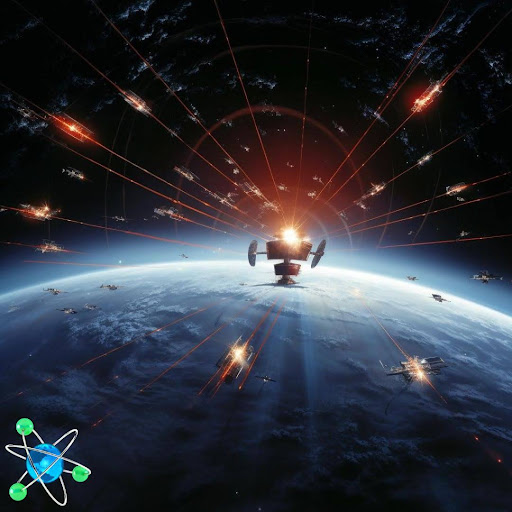
- Innovation in Space Power: Rolls-Royce unveiled the Space Micro-Reactor Concept Model, a result of GBP2.9 million funding from the UK Space Agency, showcasing advancements in nuclear power for potential use in supporting future Moon bases and space exploration.
- Versatile Micro-Reactor Technology: The micro-reactor serves as a self-contained, power-dense solution, providing continuous and location-independent power for planetary surface habitats, spacecraft propulsion, and satellite operations. The collaborative effort involved prominent institutions and aimed to establish a leading power and propulsion capability for various markets.
- Broader Impact and Future Prospects: The research not only contributes to the realization of continuous human presence on the Moon but also holds broader implications for the UK space sector’s growth, skills development, job creation, and increased investment. Rolls-Royce’s dual focus on space micro-reactors and small modular reactors reflects a commitment to versatile and sustainable nuclear power solutions.
Rolls-Royce unveiled the Space Micro-Reactor Concept Model at the UK Space Conference in Belfast, showcasing advancements in nuclear power for potential use in supporting future Moon bases and space exploration. The project received a substantial GBP2.9 million (USD3.7 million) funding injection from the UK Space Agency, with a focus on exploring how nuclear power can play a pivotal role in sustaining astronauts on lunar surfaces.
A major emphasis of the research centered on key aspects such as the choice of fuel, methods of heat transfer, and the technology required to efficiently convert heat into electricity. Rolls-Royce emphasized the versatility of micro-reactors, highlighting their potential to serve as self-contained, power-dense solutions capable of supplying energy for both habitat and exploration requirements on planetary surfaces. The technology also holds promise for spacecraft propulsion, providing continuous power and enhancing the maneuverability of satellites.
One notable feature of the micro-reactor is its ability to deliver power consistently, irrespective of factors such as location, available sunlight, or other environmental conditions. Rolls-Royce envisions applications beyond space missions, aiming to establish a world-leading power and propulsion capability that caters to diverse markets, including commercial and defense sectors.
In bringing this space project to fruition, Rolls-Royce collaborated with leading institutions, including Oxford, Bangor, and Loughborough universities, as well as the Welding Institute and the Nuclear Advanced Manufacturing Research Centre.
Paul Bate, CEO of the UK Space Agency, expressed enthusiasm for the project’s potential impact, highlighting its role in advancing innovative technologies and fostering growth in nuclear, science, and space engineering skills. The research conducted by Rolls-Royce is seen as a stepping stone towards enabling continuous human presence on the Moon, while simultaneously contributing to the broader development of the UK space sector, job creation, and increased investment.
Abi Clayton, director of future programs for Rolls-Royce, acknowledged the crucial role of the funding in driving research and development efforts. The Space Micro-Reactor Concept Model serves as a tangible demonstration of the technology’s potential benefits for both space exploration and applications on Earth.
Rolls-Royce’s foray into space micro-reactors aligns with its concurrent development of a small modular reactor (SMR), a 470 MWe design based on a small pressurized water reactor. While the SMR is designed for consistent baseload generation over at least 60 years, the micro-reactors, defined by the International Atomic Energy Agency as capable of generating up to 10 MWe, offer a more compact and transportable solution suitable for diverse applications, including space exploration.

